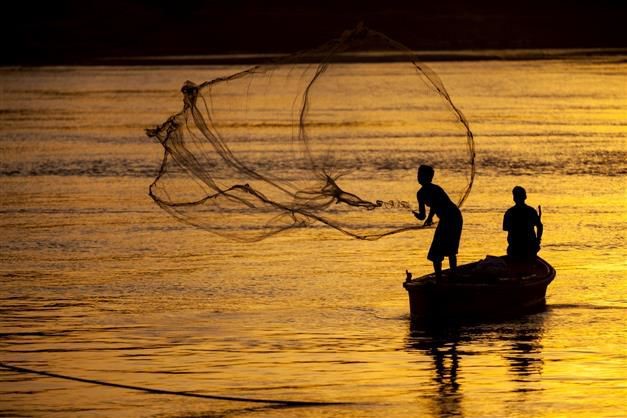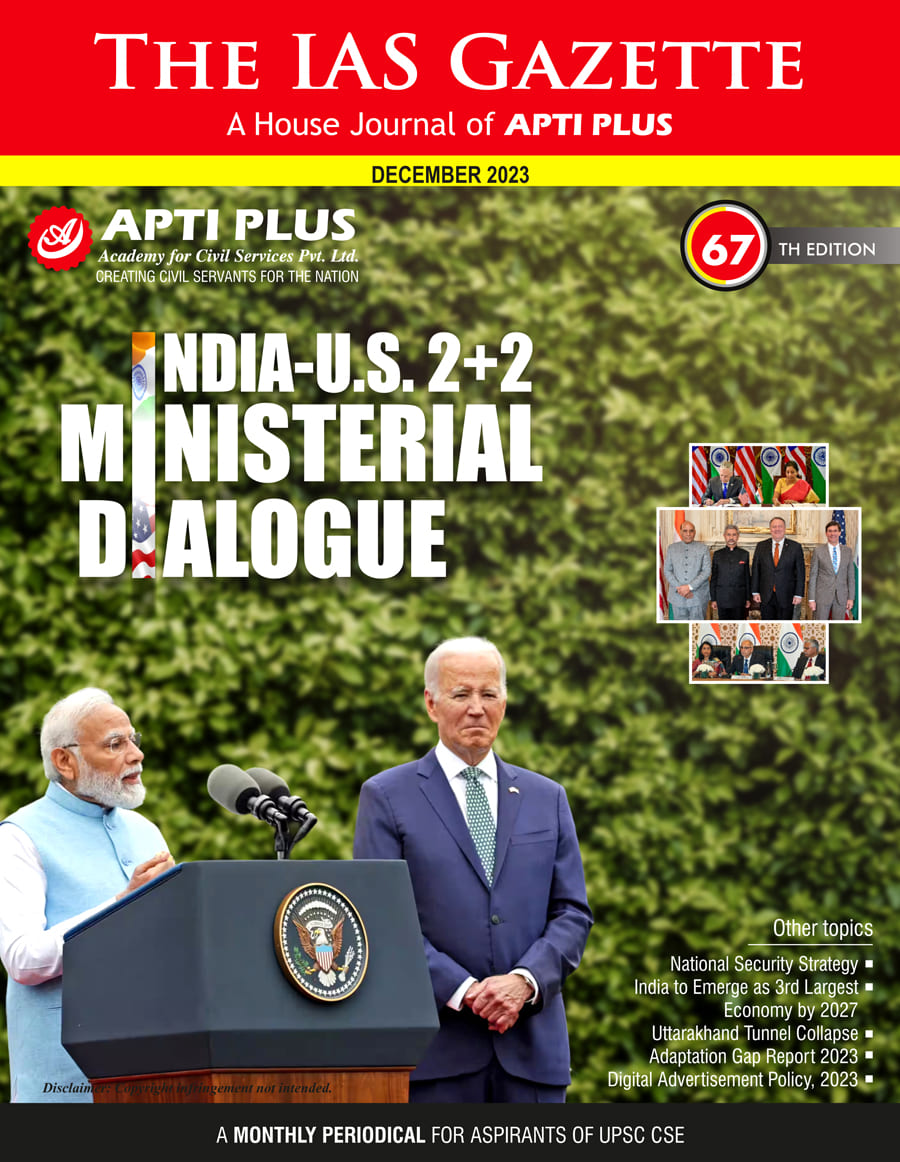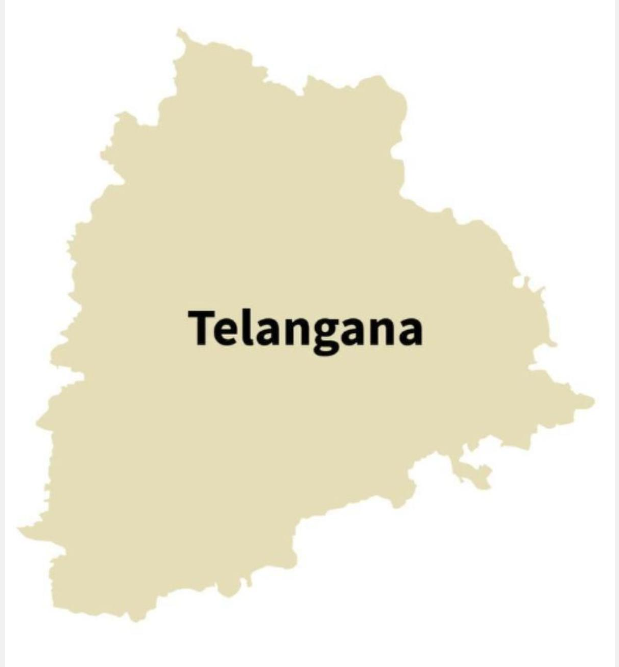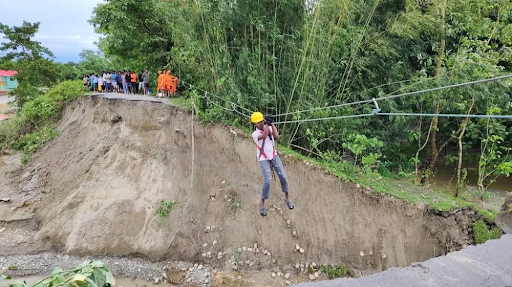Description

Disclaimer: Copyright infringement not intended.
Context:
Indian Space Research Organisation (ISRO) has developed an improvised Distress Alert Transmitter (DAT) with advanced capabilities and features for the fishermen at sea to send emergency messages from fishing boats.
Details
Evolution
- The first version of DAT has been operational since 2010. Using this information, the MRCC coordinates to undertake search and rescue operations to save the fishermen in distress. Till now, more than 20,000 DATs are being used.
How does it works
- It is an indigenous technological solution namely Distress Alert Transmitter (DAT) for the fishermen at sea to send emergency messages from fishing boats.
- The messages are sent through a communication satellite and received at a central control station (INMCC: Indian Mission Control Centre) where the alert signals are decoded for the identity and location of the fishing boat.
- The extracted information is forwarded to Maritime Rescue Co-ordination Centres (MRCCs) under Indian Coast Guard (ICG).
The second generation
- Further, taking advantage of technological developments in satellite communication and satellite navigation ISRO has improvised DAT with advanced capabilities and features evolving to Second Generation DAT (DAT-SG).
- Acknowledgement: The DAT-SG has the facility to send back acknowledgement to the fishermen who activates the distress alert from sea. This gives an assurance to him of rescue coming to him.
- Real Time Information: Apart from transmitting distress signal from Sea, DAT-SG has the capability to receive messages from control centre. Using this, advance alert messages can be sent to the fishermen at sea whenever there are events of bad weather, cyclone tsunami or any other emergencies. Thus, the fishermen will be able to sail back home or go to safe places.
- Further, the information about Potential Fishing Zones (PFZs) are also transmitted to fishermen using DAT-SG on regular intervals. This helps fishermen to get good yield in the catch and savings in terms of time and fuel.
- DAT-SG can be connected to mobile phones using Bluetooth interface and the messages can be read in native language using an App in the mobile.
- The central control centre (INMCC) has a web based network management system called “SAGARMITRA” which maintain a database of registered DAT-SGs and helps MRCCs to access the information about boat, coordinate the boat at distress in real time.
- This helps Indian Coast Guard to undertake Search & Rescue operations at the time of distresses, without any time delay.
- The services of DAT-SG has been declared operational on a 24 x 7 basis.

Initiatives for Fisherman’s safety
- 'Nabhmitra' stands as an innovative satellite-based communication system. It facilitates seamless two-way messaging services, connecting fishing vessels with onshore authorities and control centers.
- GEMINI is a portable receiver that is linked to ISRO-satellites. With this device, the fishermen outside the signal range of their phone companies (i.e. 10-12 km) can also access warnings and alerts, as the device can send signals up to 300 nautical miles.
|
PRACTICE QUESTION
How does technology helps fisheries sector and community in India. 200 words
|














